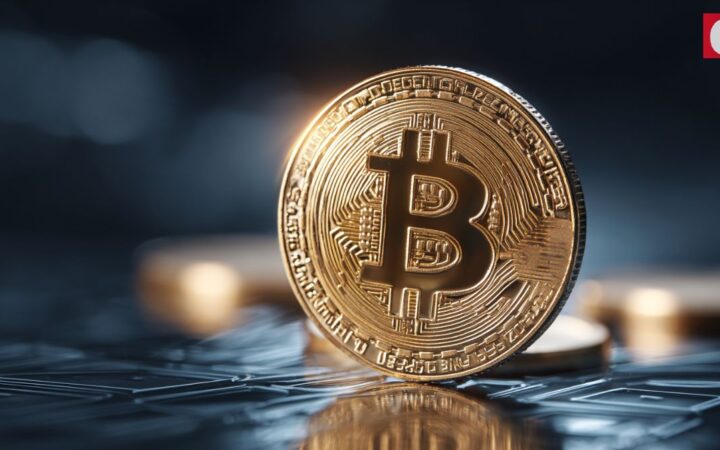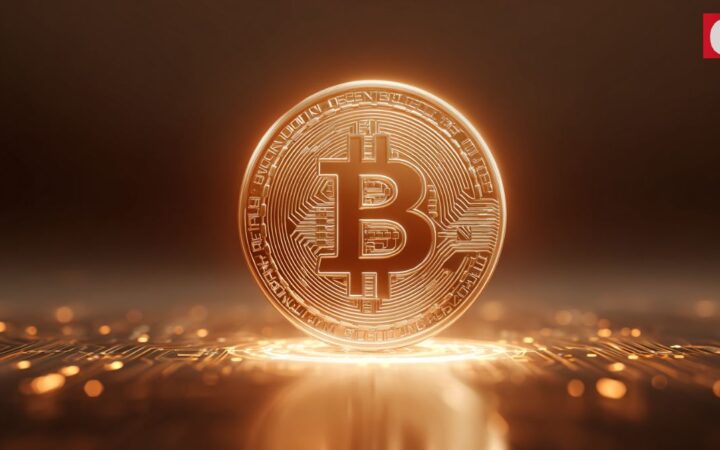For the sake of simplicity, let us assume the Bitcoin Network as a large and publicly accessible logbook where both the giver and the receiver can write down and sign the the details of their transaction by paying a small fee which is then verified by a third party (through mining), one page (1MB Block) at a time (mined Blocks).
But as the network expands and more and more people want to write down their transactions, meaning people have to wait longer for new pages or pay higher fees to prioritise their writing in the book.
Now this becomes an issue which has to be resolved else it might end up being a burden for both the users as well as the teller who verifies them – the Miners. This can be resolved in two ways.
First solution is removing unnecessary transactional data from the entries, thereby making space for more number of entries to be written in each page without increasing the size of the page, which technically is Segwit aka BIP 141 through UASF (User Activated Soft Fork) where select data related to the signatures are removed from Bitcoin transaction entries thereby resulting in additional transaction capability per block. This in turn can help in scaling the network without increasing block size and can result in faster confirmation times.
The other alternative is to make a new logbook with all the old transactions plus increased page size (8 MB Blocks), hence solving the issue. This is the network split that resulted on August 1st, resulting in our little brother BCH (Bitcoin Cash) via UAHF (User Activated Hard Fork) by making a clone of the existing ledger (not a fork) and users holding BTC before August 1st were given an equal amount of BCH.
As stated in Bitcoin Cash news, the fork was carried out by a sector of Bitcoin community who were not satisfied with the existing Segwit proposal. Now not everyone will want to use the New Book (BCH), some might still want to stick with the upgraded old book (BTC post Segwit) and vice versa.
This move has supposedly ended the ongoing scaling debate which was going on for years, and split the Bitcoin community into two camps. Now that BCH has the required block space they needed, they must work on on-chain scaling and bring up the adoption rate.
Post Segwit implementation BCH price saw a steep rise and Bitcoin traded sideways for many days. During this period BCH also became more profitable to mine than Bitcoin. BCH price kept going up reaching its peak just below $900. But once Bitcoin picked up momentum it soared to an all time high of $5000.
Since then price of both Bitcoin and Bitcoin cash have settled down. At the time of writing Bitcoin Cash is trading at $489 and Bitcoin can be bought for $3933 a piece, according to the CoinMarketCap Index. It is worth noting that proposed Segwit2x allowing 2MB blocks and is expected around the end of November, but it is still uncertain over how certain stakeholders might react to another fork.
The real scalability issue, assuming Bitcoin were to become mainstream currency, for a population of say 7 billion people doing 2 blockchain transactions per day, results in the block size of 24GB ~ 1.27PetaBytes/year resulting in centralised mining which falls dead against the whole idea of a decentralised network.
This can possibly be resolved by the use of lightning network which proposes using an additional network micropayment channels topped with HTLc (Hashed Timelock Contracts) to enable billions of transactions per day. Current limit is 225 million transactions per year. It also solves the issue of micropayments and instant transactions.
The path ahead for Bitcoin is dark and bumpy indeed. Extending on what Vinny Lingham says, Bitcoin might just have to “die” a few times in order to live forever.
Disclaimer: Coinspeaker is committed to providing unbiased and transparent reporting. This article aims to deliver accurate and timely information but should not be taken as financial or investment advice. Since market conditions can change rapidly, we encourage you to verify information on your own and consult with a professional before making any decisions based on this content.
Please check out latest news, expert comments and industry insights from Coinspeaker's contributors.
